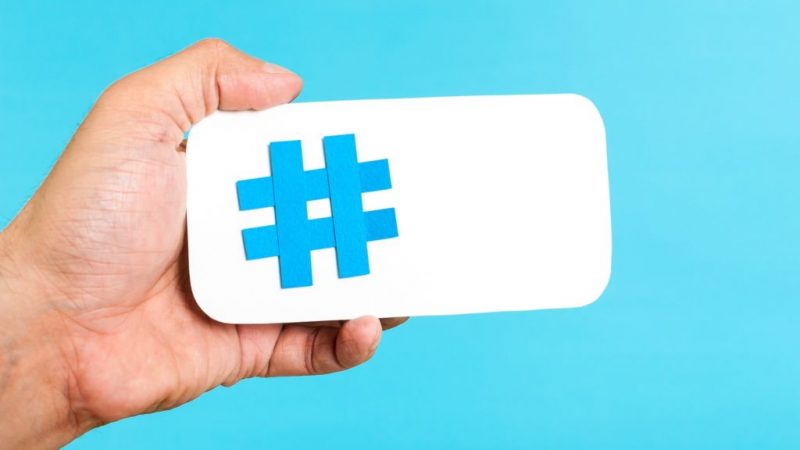June 24, 2018
The Essentials of Hashtag Marketing

Hashtags have been around as long as the internet, but they used to only belong to coders. That all changed with the advent of social media and the need for lay users to search terms and concepts. These days, entire marketing strategies are devoted to employing the simple pound sign, also expressed as “#”.
What is a Hashtag?
The birth of chat brought on hashtags in communication. They were first used within Internet Relay Chats (IRC) in 1988 to label groups and topics. The formula was “#_____” with the name of the group/topic filling in the blank directly after the hashtag. Any space will break up the message. This idea later inspired Twitter to use the hashtag to categorize their own groups and topics.

The idea, however, was not exactly quick to catch on. It wasn’t until the San Diego forest fires in 2007 that the hashtag became widely popular. It was an easy way for people to not only discover what was trending but receive important updates in real-time. The informal aspect of the practice is what keeps it alive today and the system of classification won’t be going anywhere soon.
When to Use a Hashtag
Although Twitter was the first to really drive the hashtag, other platforms have adopted the system as well. Despite pushback, LinkedIn is one of them. While they originally did not allow it, the rules have changed as the popularity of the practice has grown.
Of course, in social media, there is a formula for everything. Every site has their own unspoken rules on just how much you should hashtag your message. For LinkedIn, more than three times is being obnoxious, but if you only use three on Instagram, chances are you will never be seen. It’s all about balance.

Facebook also tends to look down upon too many hashtags. Four or less is a good rule of thumb. On Twitter (just like Instagram) the more the merrier. However, unlike Insta (where you have infinite space) Twitter only allows you a certain amount, so you have to be smart about the ones you choose.
Common Hashtags
For every type of industry and topic, there are two types of hashtags: generic and branded. Many top brands will create their own marketing campaigns with hashtags tied to them. Coca-Cola has #ShareACoke and Domino’s Pizza has #LetsDoLunch. However, unless you are a Fortune 500 company, attaching all branded hashtags to your message will probably stick you in a virtual echo chamber.
Therefore, it’s important to know a few of the more popular hashtags to get your message as many impressions as possible. Here are some of the most used on the web:
Business
- #Business
- #SmallBiz
- #BizTips
- #Tech
- #SEO
Marketing
- #DigitalMarketing
- #MarTech
- #MarketingTips
- #ContentMarketing
- #SocialMediaMarketing
- #SMM

Sales
- #SocialSelling
- #SalesTips
- #SalesEnablement
- #Pipeline
- #Prospecting
Generic
- #FearlessFriday
- #TBT (Take it Back Tuesday/Throwback Thursday)
- #DYK (Did You Know?)
- #SundayFunday
- #BTS (Behind the Scenes)
As we continue to move marketing to the digital arena, we struggle to find ways to organize data. Thus, the reason why hashtag marketing has come to the surface. It’s essential to keep everything as organized as possible.

As savvy marketers catch on, hashtags are also a way to manipulate the system to be seen. You use the right combination of hashtags at any time, and your post will go viral. In a way, it levels the playing ground—and that’s truly what the future of business is all about. The little guy crushing the big guy when everyone has the same tools.







